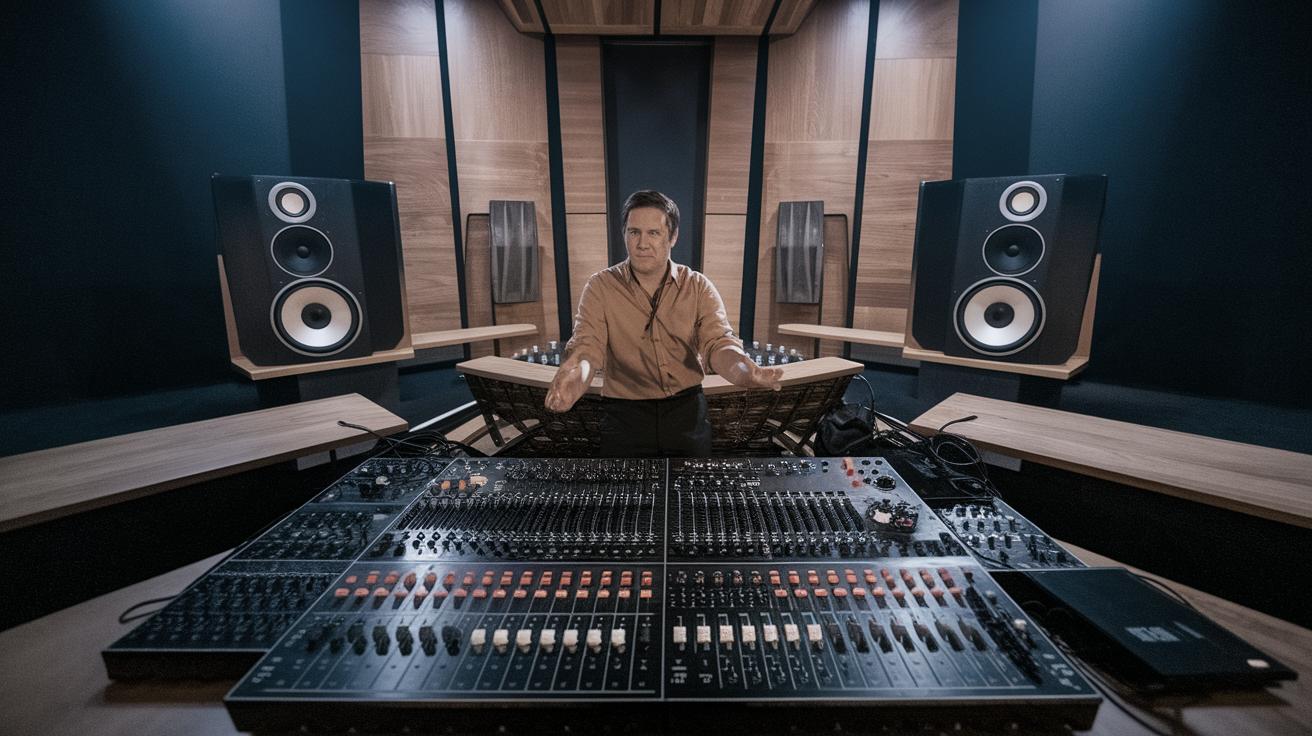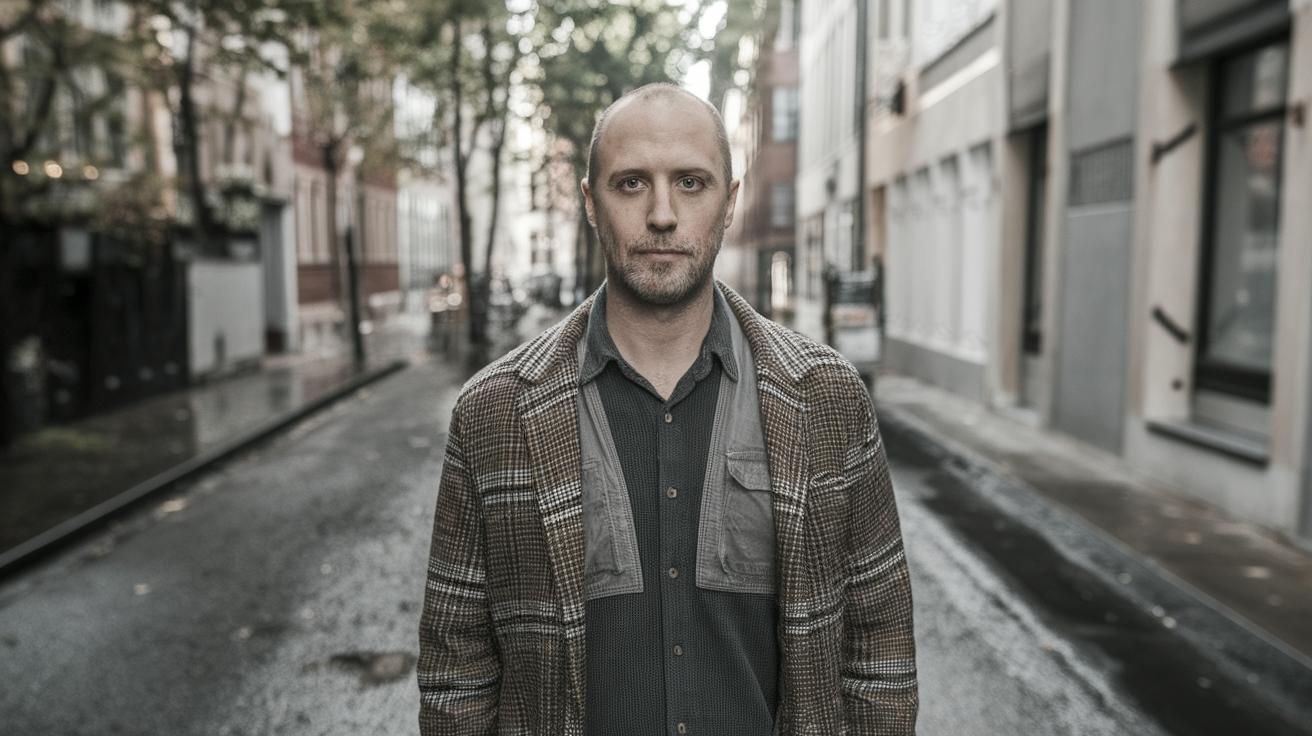The Essentials of Sound Design in Film
Sound design plays a pivotal role in filmmaking, creating immersive experiences that amplify the visual elements of a film. It’s more than just the audio you hear; it’s an essential storytelling tool. In this blog post, we’ll explore the fundamentals of sound design, breaking down its key elements including dialogue, Foley sounds, music, sound mixing, and more. We’ll also discuss the irreplaceable role of sound editing in shaping the auditory landscape of a movie. By understanding these components, filmmakers can leverage them to enrich their storytelling, ensuring audiences are fully engaged. Dive in as we deconstruct these sound design essentials and reveal how they enhance the cinematic experience. Learn more about how you can use these elements effectively in your own filmmaking projects.
What is Sound Design in a Film?
Sound design refers to the art and practice of creating the audio elements for a film. It’s a craft that encompasses dialogue, sound effects, background noise, and the selection and integration of music. Good sound design adds depth and emotion to the story, guiding the audience’s attention and enriching the narrative. Its goal is not just about replicating reality, but enhancing or augmenting the film’s visual elements to tell a more compelling story.
In the modern age of cinema, sound design has become integral to filmmaking. It transforms the film from a sequence of moving images into an all-encompassing experience. Sound designers and engineers work collaboratively with directors and editors to ensure that each sound element is purposeful and aligns with the director’s vision. The art of sound design is as much about aesthetic choices as it is about technical execution.
Key Elements of Sound Design in a Film
Dialogue
Dialogue is one of the most recognizable elements of sound design. It is the primary method through which characters communicate with one another and with the audience. Capturing clear and understandable dialogue is critical, as it often carries the plot and provides character development. Achieving this requires high-quality microphones and an environment optimized for sound capture, ensuring minimal background noise and interference.
Layering dialogue involves recordists on set capturing performances live or in post-production settings where ADR (Automated Dialogue Replacement) might be utilized to fix issues with initial recordings. The balance of dialogue with other elements is central; it must be audible and clear without overpowering music and sound effects.
Foley Sounds and Sound Effects
Foley is the art of reproducing everyday sound effects that are added to films in post-production to enhance audio quality. These sounds range from footsteps to the rustle of clothes, delivering authenticity and life to a scene. Foley artists meticulously craft these sounds to match the actions and reactions happening on-screen.
Sound effects, on the other hand, are broader in scope, including everything from doors creaking to explosions. These effects are often exaggerated to enhance dramatic scenes or create tension. Together, Foley and sound effects immerse audiences, helping them believe in the fictional world portrayed on-screen.
Film Music
Music in films serves various purposes; from setting the tone to underscoring emotional moments, it’s an indispensable part of sound design. Composer and music director collaboration is key, ensuring that themes and motifs align with the narrative arc. The score works hand-in-hand with other audio elements, requiring careful timing and mood matching to the visuals.
There are times when silence in place of music can be powerful, emphasizing solitude, tension, or focus on dialogue. In contrast, a well-placed piece of music can transform a scene’s mood dramatically, altering how the audience interprets the events unfolding.
Sound Mixing
Sound mixing involves blending multiple layers of sound into a cohesive audio experience. Mixing determines the prominence of dialogue, music, and sound effects within each scene. It’s a fine-tuning process where balance is achieved, ensuring important sounds are prioritized while others complement the backdrop.
The mix can vary between scenes, adapting to the pace and emotional tone. This dynamic approach ensures continuously engaging soundscapes, whether it’s the tension-filled silence of a thriller or the orchestral sweep of an epic finale.
Voice-Over and ADR
Voice-over serves as a narrative device, providing insights into characters’ thoughts or context for the audience. It is a technique that can guide interpretation by revealing inner monologues or filling in critical backstory. Careful attention is required to ensure that the voice-over adds value without overtelling.
ADR (Automated Dialogue Replacement) is the process of re-recording dialogue in post-production. It’s used to correct issues such as poor initial captures or changes in dialogue. Both require skillful integration into the existing audio mix, maintaining natural continuity and clarity.
Ambiance or Background Sounds
Ambiance sounds, like the distant chatter of a city or the subtle rustle of trees, set the scene’s environment. These sounds often subtly contribute to the mood and setting without drawing attention, anchoring the film in a believable space.
Well-executed ambiance sounds enhance the narrative without overshadowing other audio elements. They need to be seamlessly integrated, playing behind the main audio focus to create a fuller, more immersive experience.
Sound Editing
Sound editing is where the audio elements are structured and arranged to match the visual narrative. The editor works to edit, refine, and sometimes synthesize new sounds to fill gaps or support the story. This process involves both technical precision and creative decisions.
An effective sound editor must have a keen ear for detecting mistakes or mismatches, honing the audio to perfection. This role is critical in ensuring that the sound design harmonizes rather than distracts from the film’s storytelling.
Enhance Your Filmmaking with the Elements of Sound Design
Incorporating robust sound design into your filmmaking can significantly elevate your projects. Understanding the interplay between sound elements and the visual story is key to mastering this art. By studying iconic films and appreciating the depth of their sound design, aspiring filmmakers can adopt and adapt these techniques to create engaging and dynamic narratives.
Embrace sound design not just as an addition to your film but as a core component that enhances your storytelling. Experimentation with sound allows for innovation and creativity, pushing the boundaries of traditional filmmaking. With each project, refine your skills in dialogue clarity, Foley artistry, dynamic mixing, and seamless editing.
Frequently Asked Questions
-
What is the role of a sound designer?
A sound designer is responsible for creating the auditory elements of a film, ensuring they complement the visual storytelling effectively. -
How does sound design affect the viewer’s experience?
Sound design enriches the film’s narrative, evoking emotions, setting the tone, and accentuating the visual elements to create an immersive viewing experience. -
Why is sound editing crucial?
Sound editing ensures the coherence and clarity of audio elements, aligning them perfectly with the film’s visual narrative to enhance the storytelling.
Summary of Main Points
| Sound Design Element | Description |
|---|---|
| Dialogue | The primary method for delivering plot and character development, requiring clear capture and integration. |
| Foley and Sound Effects | Everyday and exaggerated sounds crafted to match on-screen actions and enhance realism. |
| Film Music | Sets tone and emotional backdrop, emphasizing or complementing the narrative. |
| Sound Mixing | Blends various audio layers, prioritizing elements based on scene requirements. |
| Voice-Over and ADR | Offers narrative insight and corrects dialogue, demanding smooth integration with picture. |
| Ambiance Sounds | Background noises that provide environmental context and mood. |
| Sound Editing | Precision work structuring audio elements to match and elevate visual storytelling. |


